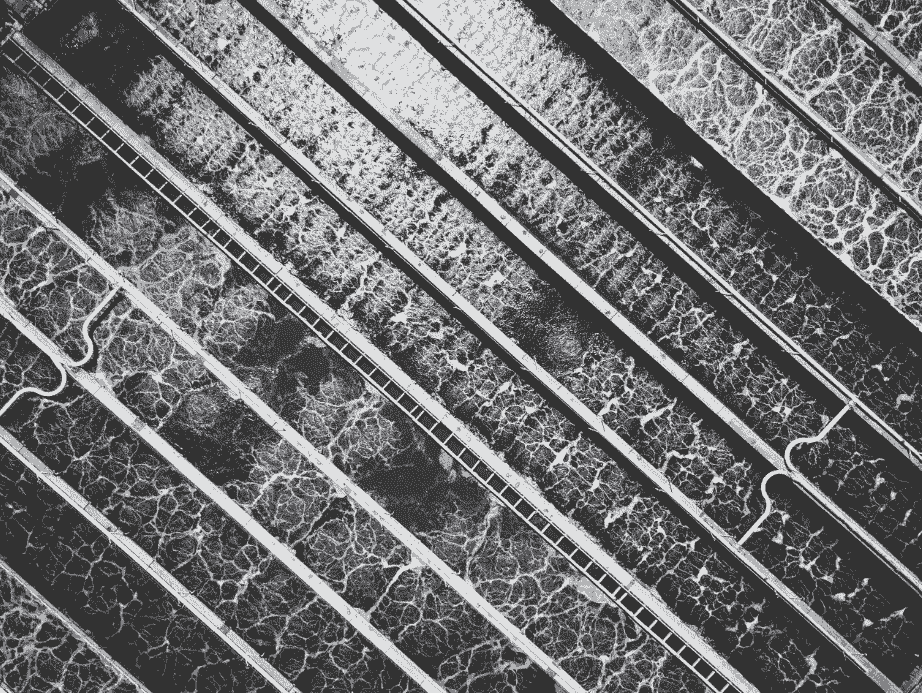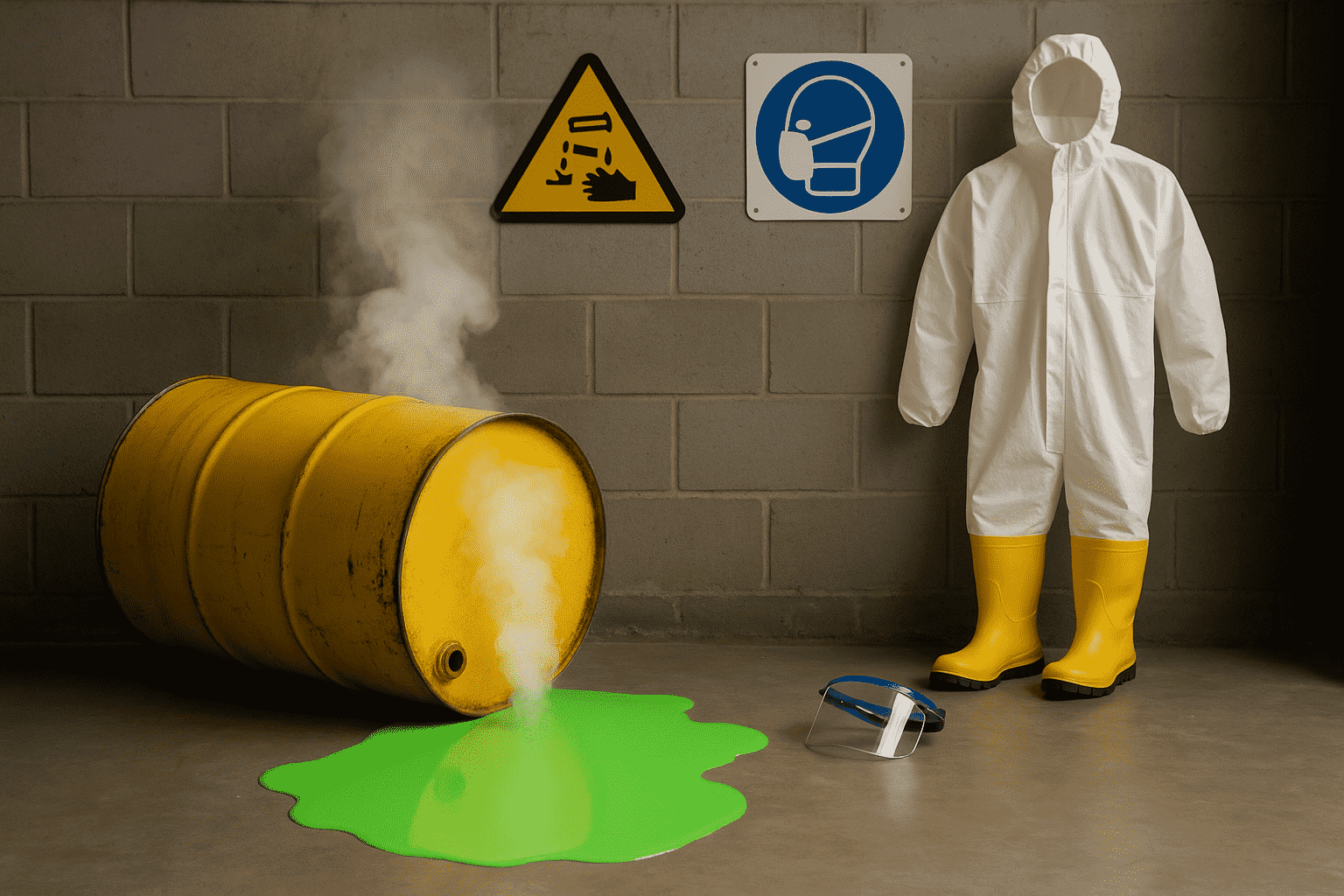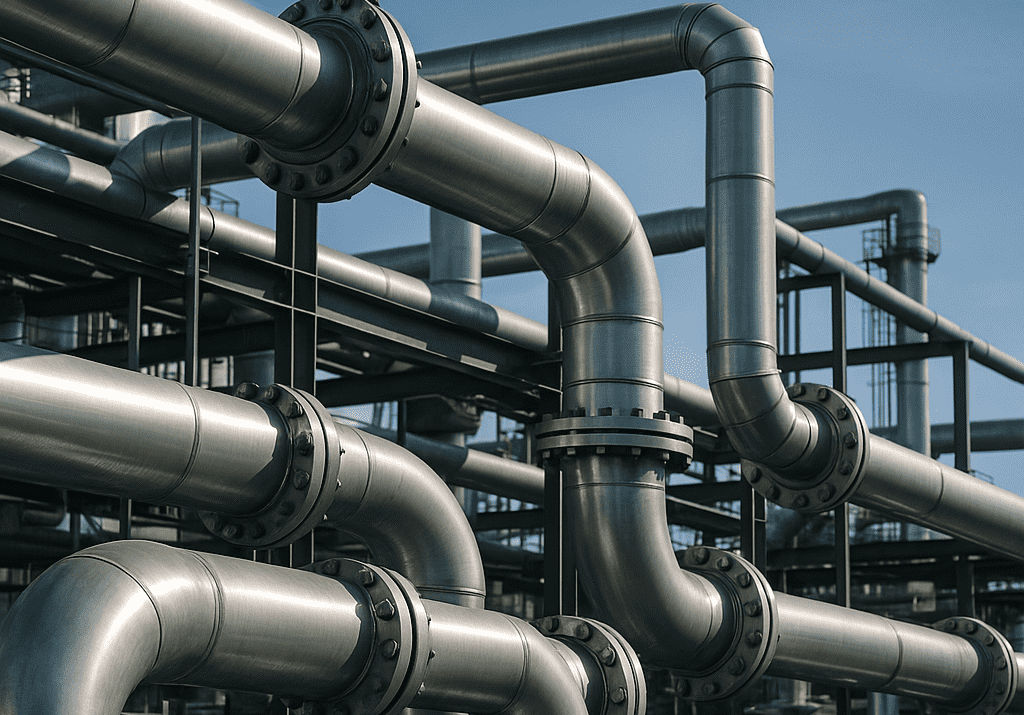Types & Role of Ancillary in Wastewater Treatment

A wastewater treatment plant plays a vital role in safeguarding our planet and it also encourages economic growth. It helps the industry strike a balance between growth and a sustainable future. You are aware that a well-designed wastewater treatment plant efficiently treats the pollutants to make it fit for discharge and in many cases is a source of water for reuse.
While we have a number of technologies to treat wastewater the basic principles remain the same. In the sequence of wastewater treatment, ancillary items such as gates, screens, decanters, and aerators are quintessential. These products are used at various stages of wastewater treatment. Let us understand the roles each one of them plays in the treatment process.
Gate:
It is used to control the flow and to isolate and maintain the water level in various chambers. Selection of the gate should be in accordance with its duty, design criteria, ease of operations & maintenance. The different types of gates commonly used are:
These gates can be installed pre/post-construction of channel walls. They can be actuated with manual, electric, pneumatic, or hydraulic operating systems.
Screen:
It plays a crucial role in the primary treatment process. It eliminates larger solids like rags, sticks, plastic, etc., in wastewater before it is subjected to other treatment processes. The purpose of screening in wastewater treatment is to:
∙ protect the equipment downstream from clogging and damage
∙ remove large debris that can adversely affect the efficiency of treatment processes
∙ shield final discharge waterway from contamination.
Coarse screens and fine screens are commonly used screens in wastewater treatment plants (WWTP).
Decanter:
Lamella separator has proved to be an efficient decanter. It speeds up the decantation and separation process in a small area as compared to concrete construction. The sedimentation and decantation of sludge help water clarification in the primary, secondary, and tertiary treatment of wastewater. It helps avoid water eutrophication in the natural environment
Aerator:
An aerator essentially adds air into wastewater to allow aerobic biodegradation of the pollutant components. In biological treatment methods, microorganisms that naturally occur in wastewater are used to degrade wastewater contaminants. Aerators provide oxygen to bacteria for treating and stabilizing wastewater. The oxygen is utilized by bacteria to break down the organic matter to form carbon dioxide and water.
A well-designed aeration system increases the rate of biological activity. Hence, a sufficient and well-distributed supply of oxygen in an aeration system is the key to rapid, economically viable, and efficient wastewater treatment.
The right treatment of wastewater is crucial as it has a direct impact on aquatic and human life and it can also pose a threat to our ecosystem if ignored. Wastewater treatment also offers us an opportunity to generate water for reuse.
A wastewater treatment plant (WWTP) design must detail every electro-mechanical equipment. Process engineering expertise is required to carefully evaluate various aspects of the WWTP. Along with the treatment methodology, the selection of treatment equipment, and operating the plant at optimum levels have a large impact on our environment.
Always consult an expert to design your WWTP.
Frequently Asked Questions(FAQs)
Q.1 What are the maintenance requirements for an oil skimmer?
A. Maintenance requirements for an oil skimmer typically involve regular inspections, cleaning or replacement of skimming media, and ensuring the motor and drive components are in good working condition.
Q.2 How do oil water separators work and what is their purpose?
A. Oil water separators work by separating oil and other hydrophobic contaminants from water through gravity, buoyancy, and coalescence, ensuring that water discharged into the environment meets regulatory standards and is environmentally safe. Their purpose is to prevent oil and pollutants from entering natural water sources and causing environmental damage, making them essential for industries that generate oily wastewater.
Q.3 Why are sluice gates important in managing water flow?
A. Sluice gates are important in managing water flow because they provide a controlled means to regulate the discharge of water from reservoirs, rivers, and canals, preventing floods during heavy rainfall and ensuring a consistent water supply during dry periods.





